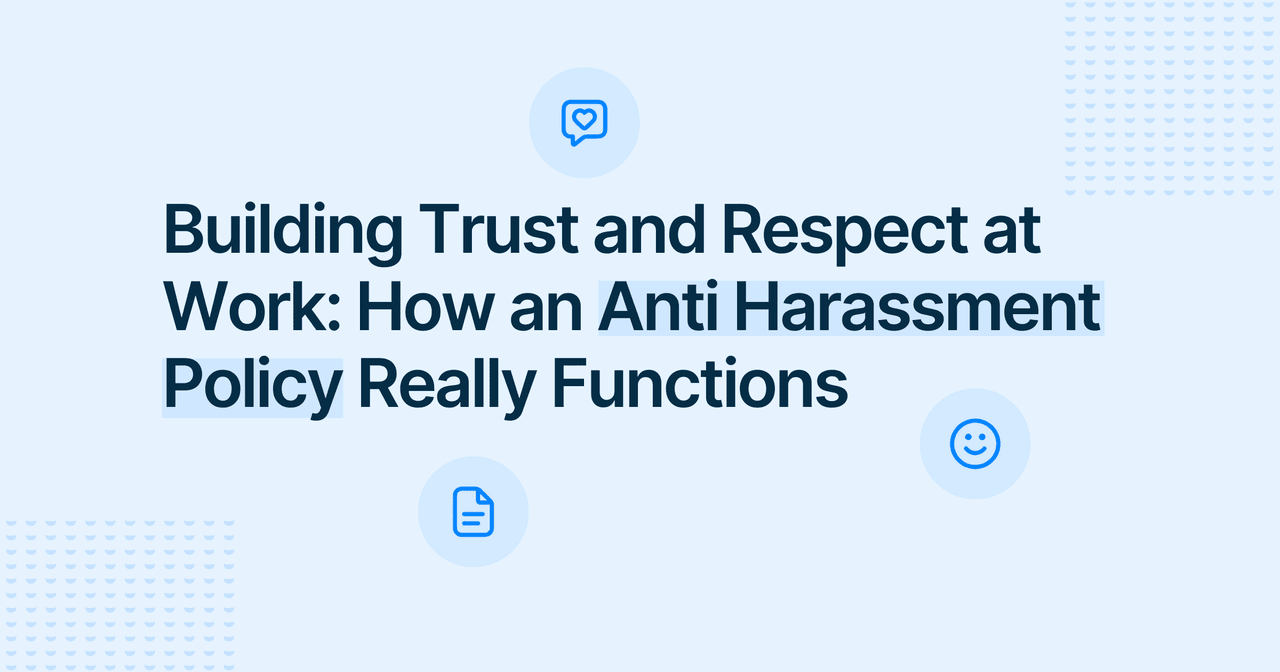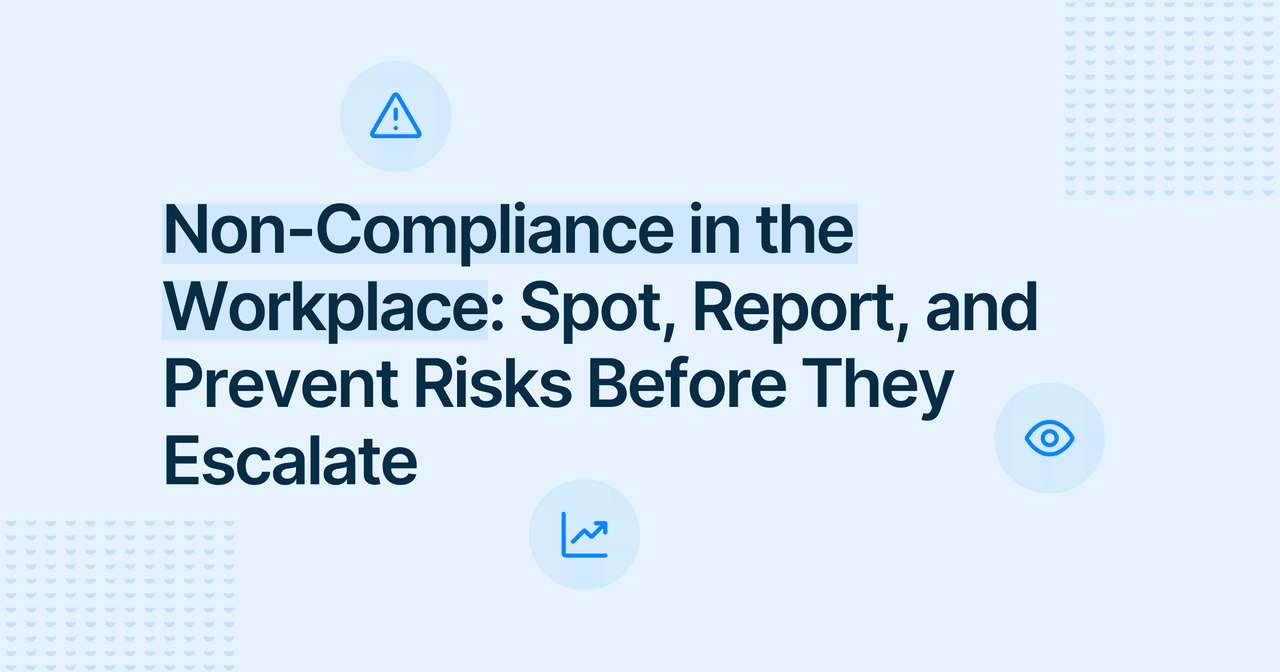Effective Feedback Strategies for Higher Employee Engagement
Whistleblowing

Ry Hallada
Content Manager
Published
2024-06-24
Reading time
5 min


Table of contents
Subscribe to our newsletter
Employee feedback has become one of the cornerstones of a dynamic and engaged workplace environment. Recent data has shown that high employee engagement can increase company profits by up to 23%. On the other hand, research suggests that poor employee engagement can lead to a loss of $8.8 trillion for the worldwide economy. With so much at stake for companies, it’s clear that taking steps to boost employee engagement is a worthwhile investment.
The employee engagement tools from the FaceUp platform help foster a speak-up culture rich in openness, transparency, and continuous improvement. In addition to highlighting what the platform offers, below are some practical tips for HR managers and employees. So let’s take a look at common questions about workplace feedback, communication channels, and HR technology.
How can our company establish strong feedback channels?
An answer we truly stand behind is: Implement an employee engagement platform that both complements and enhances your current HR and employee management approach.
In addition to using our platform, structured feedback approaches such as regular one-to-one meetings, anonymous surveys, and suggestion boxes, are useful examples. For us, feedback is encouraged, continuous, and integrated into our daily workflow.
What helps employees feel safe about giving and receiving feedback?
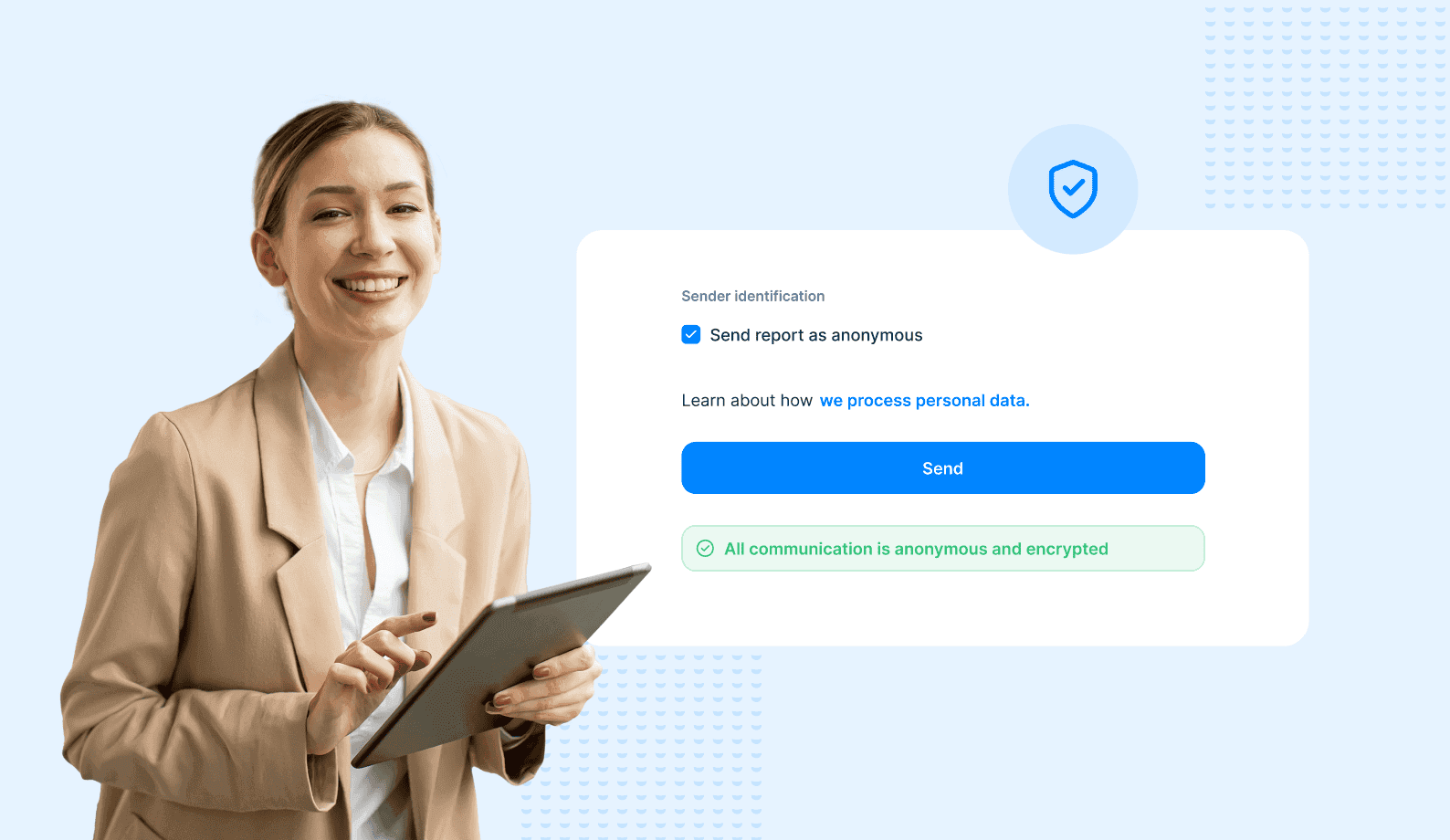
Ensuring your workplace is a safe space for open dialogue involves several key components including internal and legal policies. In addition, FaceUp’s anonymous reporting tools add an additional layer of safety and comfort. Once established, it’s easy to share any of these resources and guides with employees directly on the FaceUp platform. Here are two quick examples to consider:
- Confidentiality Policies: Implementing strict confidentiality policies ensures that feedback is kept private and shared only with relevant parties. This helps to build trust and encourages more honest and open communication.
- Protections Against Retaliation: Establishing clear protections against retaliation ensures that employees can provide feedback without fear of negative consequences. This includes having procedures in place to address any reports of retaliation swiftly and effectively.
Can constructive feedback enhance employee engagement?
Yes! Constructive feedback is a form of communication aimed at providing guidance to help someone improve personal or professional aspects. Constructive feedback focuses the conversation on specific behaviors and outcomes, which can be changed or improved, rather than targeting personal attributes or characteristics.
Key Elements of Constructive Feedback:
- Specific: Address behaviors or actions - no vague comments.
- Timely: Feedback should be given as soon as possible to make a relevant impact.
- Balanced: Highlight areas for improvement, but recognize positive behaviors too.
- Clear: Understandable feedback is key to knowing exactly what needs to be improved.
- Actionable: Feedback should include specific steps that can be taken.
What are feedback tips that work for both employees and managers?
Use the “sandwich” method

The sandwich method involves presenting feedback in a three-part sequence: positive feedback, constructive criticism, and then more positive feedback. This technique helps to cushion the impact of the criticism, making it less likely to cause defensiveness.
Use “I” Language
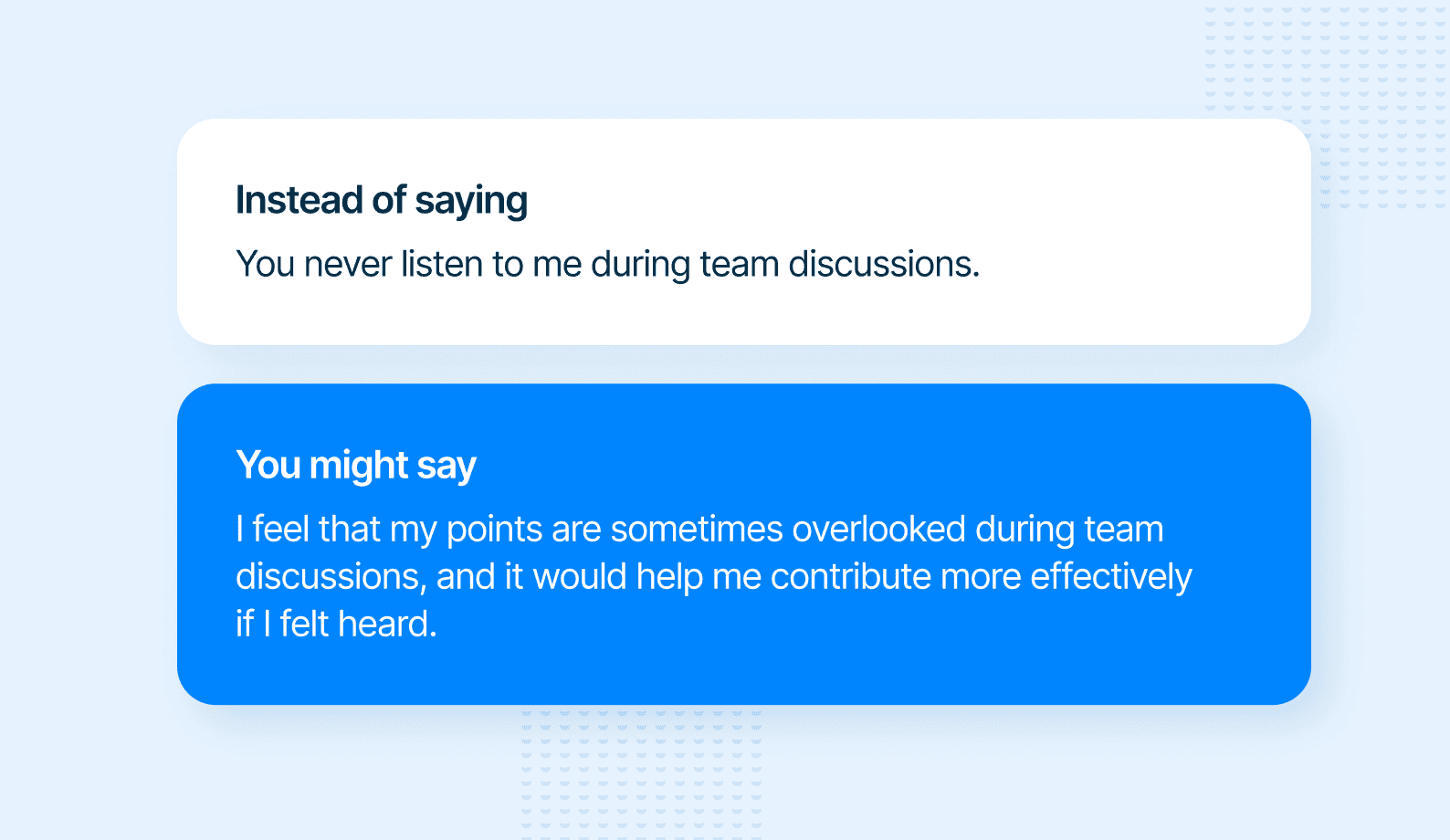
The “I” language strategy involves framing feedback from your own perspective, which helps to avoid sounding accusatory and makes the feedback feel less personal. This approach emphasizes your feelings and experiences rather than placing blame.
Focus on the action or behavior
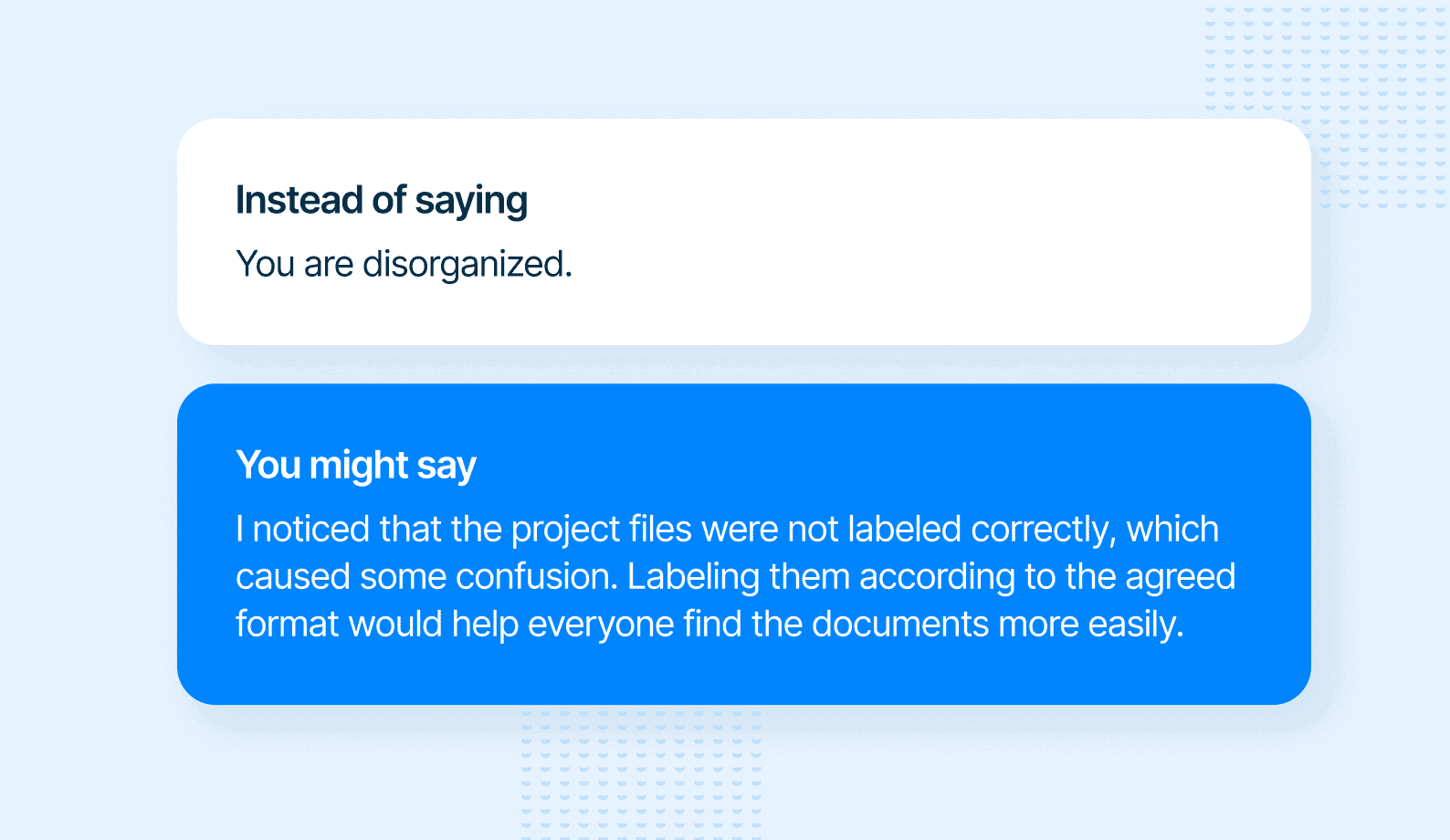
Focusing on the action or behavior means addressing what the person did rather than who they are. This helps to depersonalize the feedback and makes it clear that the issue is with the specific action, not the person’s character or abilities.
How can I take action on employee feedback?
Feedback is a two-way street, so both employees and managers can give and act on feedback. Here are a few HR-supported steps organizations can use to enhance employee engagement and ensure effective action on feedback:
- Acknowledge and Clarify: Thank the person for their feedback and seek clarification to ensure full understanding. Reflect and consider how it aligns with your own perceptions and experiences, highlighting any patterns and areas for self-improvement.
- Set and Share Goals: With identified areas for improvement, create a clear action plan with SMART goals, and communicate it to relevant parties for support. Take advantage of training programs, workshops, or other available resources.
- Monitor and Celebrate Progress: Schedule regular check-ins to review and adjust your action plan. Try to recognize improvements when feedback leads to positive changes.
Leverage Anonymous Reporting Software to Create a Safe Space for Feedback
Some individuals may feel uncomfortable about giving feedback, whether it’s with HR tools or without. To further support a safe and open feedback environment, organizations can leverage the FaceUp platform to ease the discomfort of speaking up. Our solution is a proven tool for facilitating anonymous reporting and feedback submissions while promoting employee engagement. 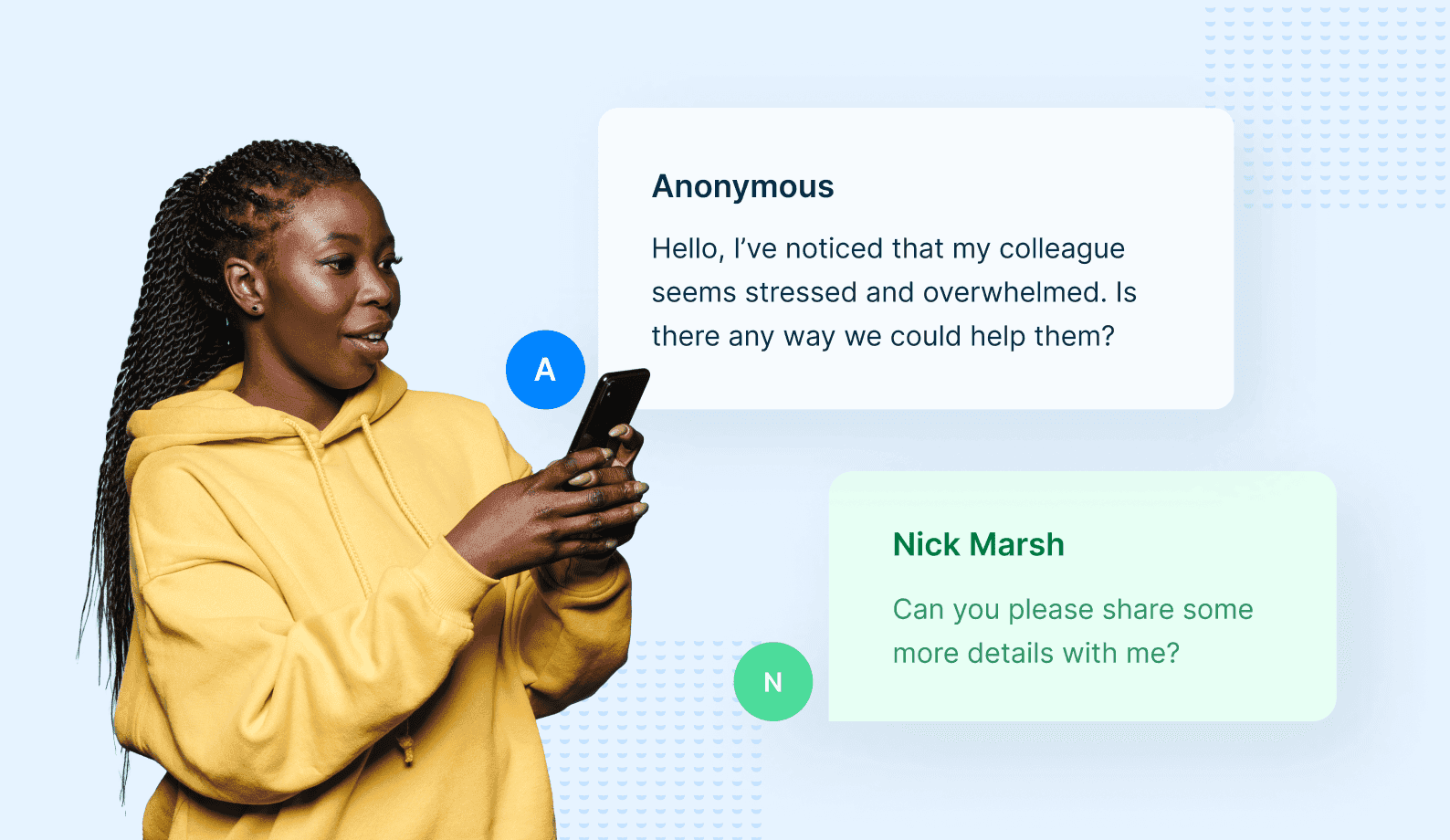
What are the benefits of using FaceUp’s anonymous reporting platform as an HR technology solution?
- Anonymous Reporting: FaceUp allows employees to submit feedback anonymously, which can reduce the fear of retaliation and encourage more honest feedback.
- Feedback Collection and Analysis: The platform streamlines the feedback collection process, making it easier to gather employee input and identify areas for improvement.
- Action Planning: FaceUp's features facilitate the development of actionable plans to ensure that feedback is acknowledged and promptly resolved.
Implementing FaceUp in Your Organization
Implementing FaceUp can be done in a few easy steps, instantly contributing to a safer and more engaging workplace culture:
- Introduction and Training: FaceUp provides free promotional materials and onboarding to help introduce the platform to your employees and highlight its benefits.
- Integration with Existing Systems: Integrating FaceUp with your existing HR systems helps enhance your feedback channels without losing existing data and workflows.
- Regular Monitoring and Reporting: Our analytic tools help you regularly monitor feedback trends and generate reports for more informed decision-making.
- Action and Follow-Up: Develop and implement action plans based on the feedback received through FaceUp. Then communicate the changes and gather additional input.
The Impact of Feedback Strategies on Employee Engagement
Feedback mechanisms are a powerful driver of performance, engagement, and innovation. It enables organizations just like ours to adapt to changes, protect our employees, and strengthen engagement between team members and management.
By implementing the FaceUp platform organizations can unlock a wealth of insights and potential within their workforce, driving the organization toward excellence and all the benefits of a real speak-up culture.

Contact us today and transform feedback into growth, satisfaction, and success!
Keep Reading

Alaa El-Shaarawi2025-12-197 min
Company Ethics Policy: How to Set Standards That Guide Every Decision
Workplace Environment
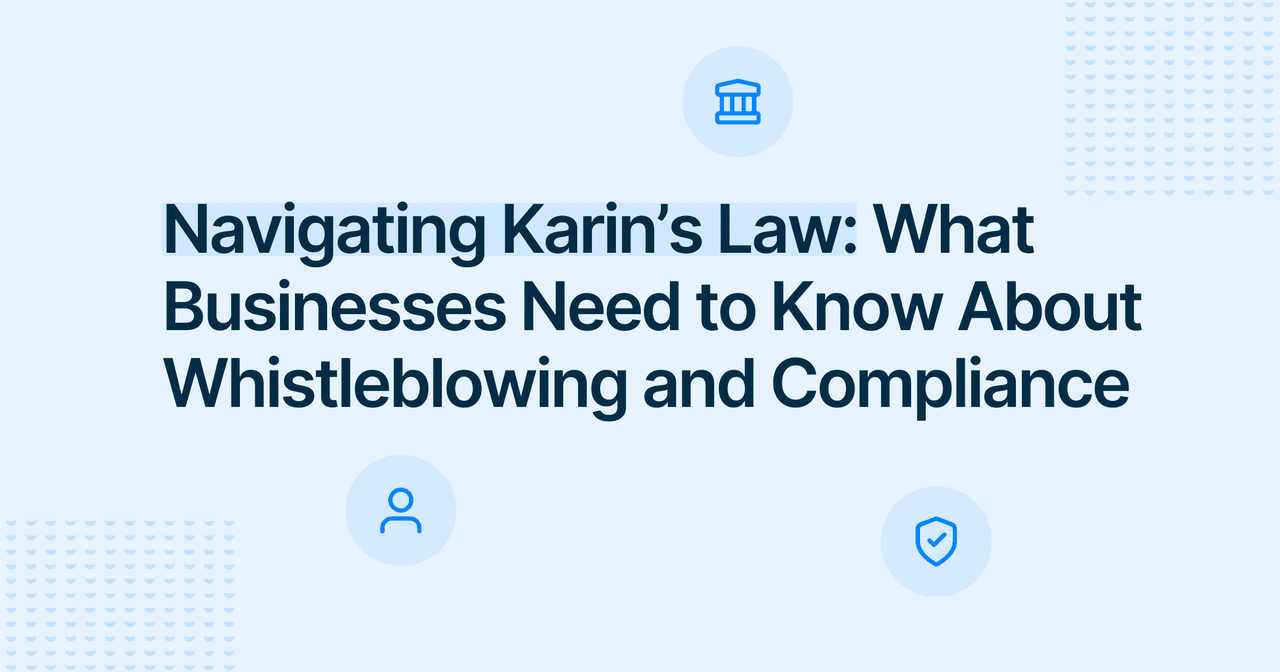
Marie Roland2025-12-165 min
Navigating Karin’s Law: What Businesses Need to Know About Whistleblowing and Compliance
Whistleblowing

Alaa El-Shaarawi2025-12-087 min
What Is an Ethical Code of Conduct? The System Behind Ethical Behavior in Business & Healthcare
Workplace Environment
